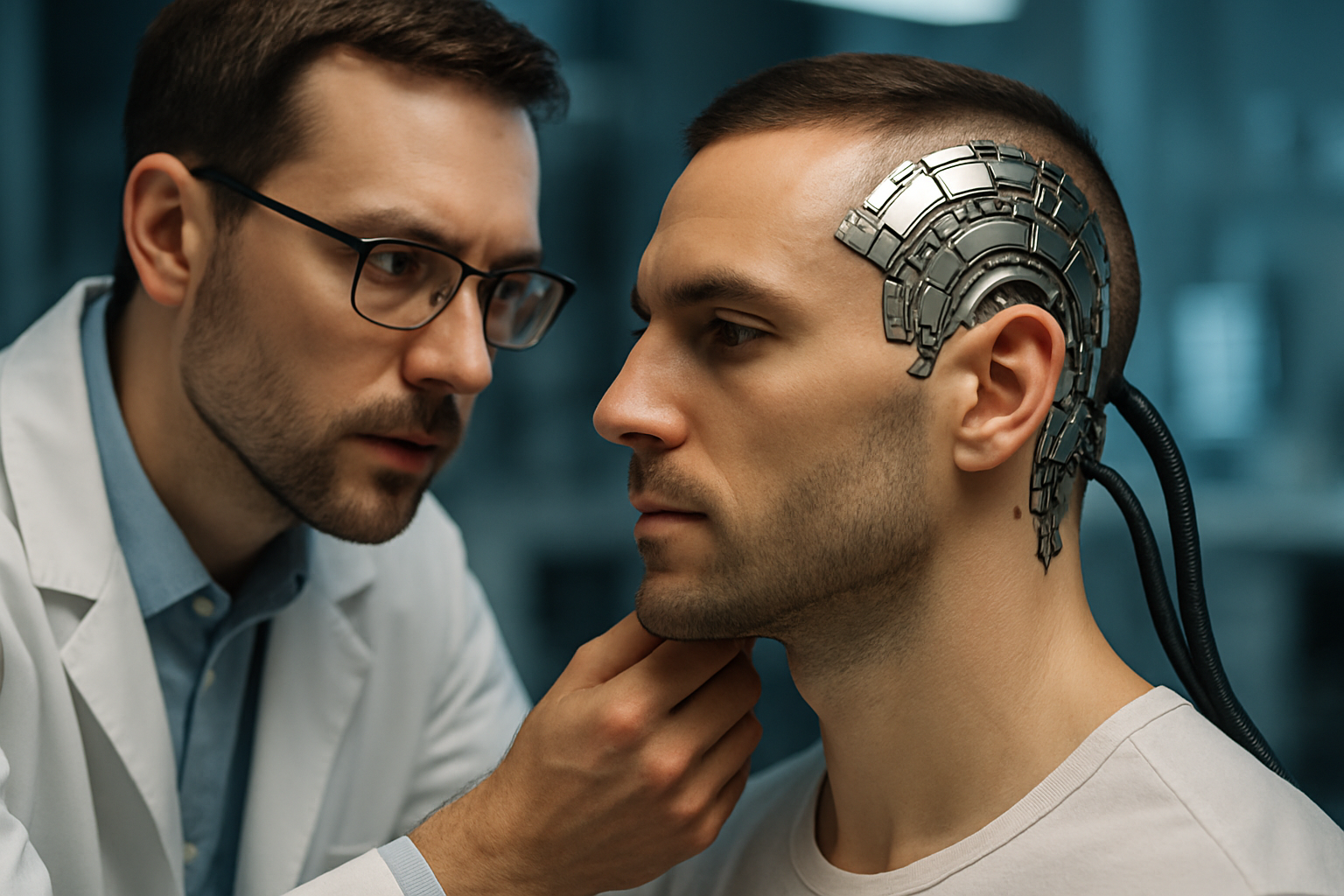Cybernetic Implants: The Next Frontier in Human Enhancement
In a world where technology seamlessly intertwines with our daily lives, a new frontier is emerging that promises to blur the line between human and machine like never before. Cybernetic implants, once the stuff of science fiction, are rapidly becoming a reality, offering the potential to enhance human capabilities in ways we've only dreamed of. From boosting cognitive function to restoring lost senses, these cutting-edge devices are poised to revolutionize medicine, augment human potential, and raise profound ethical questions about the future of our species.

Early experiments focused on simple prosthetics and cochlear implants, but as technology has advanced, so too has the ambition and scope of cybernetic research. Today, scientists and engineers are developing implants that can restore sight to the blind, allow paralyzed individuals to control robotic limbs with their thoughts, and even enhance cognitive abilities like memory and focus.
From Medical Necessity to Human Enhancement
While the initial focus of cybernetic implants has been on medical applications, the potential for human enhancement has sparked intense interest and debate. Imagine a world where you could boost your memory capacity with a small chip implanted in your brain, or enhance your physical strength and endurance with artificial muscles seamlessly integrated into your body.
These possibilities are no longer confined to the realm of speculation. Companies like Neuralink, founded by Elon Musk, are actively working on brain-computer interfaces that could potentially augment human cognition. Meanwhile, researchers at institutions like MIT and Stanford are developing implantable sensors and actuators that could enhance our physical capabilities.
The Current State of Cybernetic Technology
Today’s cybernetic implants range from relatively simple devices to highly sophisticated systems that interface directly with the human nervous system. Some of the most promising areas of development include:
-
Neuroprosthetics: These devices replace or augment the function of damaged neural systems. Advanced cochlear implants and retinal implants are already restoring hearing and sight to thousands of people worldwide.
-
Brain-Computer Interfaces (BCIs): These systems allow direct communication between the brain and external devices. Current applications include allowing paralyzed individuals to control robotic limbs or communicate through computers.
-
Sensory Augmentation: Implants that enhance or add new sensory capabilities are in development. For example, researchers are working on implants that could allow humans to perceive ultraviolet light or detect magnetic fields.
-
Cognitive Enhancement: While still largely theoretical, implants designed to boost memory, focus, and other cognitive functions are an active area of research.
The Challenges and Ethical Considerations
As with any transformative technology, cybernetic implants come with their share of challenges and ethical concerns. One of the primary technical hurdles is biocompatibility – ensuring that implanted devices can coexist safely with the human body over long periods. Researchers are exploring new materials and designs to minimize rejection and inflammation risks.
Security and privacy are also major concerns. As implants become more sophisticated and connected, the potential for hacking or unauthorized access to deeply personal biological data increases. Robust encryption and security protocols will be essential to protect users.
Perhaps the most profound questions surrounding cybernetic implants are ethical. As these technologies move from medical necessity to enhancement, society will need to grapple with issues of fairness and equality. Will cybernetic enhancements create a new divide between the augmented and unaugmented? How do we ensure equal access to these potentially life-changing technologies?
The Future of Human-Machine Integration
Despite the challenges, the potential benefits of cybernetic implants are too significant to ignore. As the technology continues to advance, we can expect to see increasingly sophisticated and seamlessly integrated devices that push the boundaries of human capability.
In the near future, we may see implants that allow for direct brain-to-brain communication, instantly translating thoughts into any language. Artificial sensory organs could expand our perceptual world in ways we can barely imagine. And as artificial intelligence continues to evolve, the line between human and machine intelligence may become increasingly blurred.
The journey into this cybernetic future is just beginning, and the possibilities are both exciting and daunting. As we stand on the brink of this new era of human-machine integration, one thing is clear: the definition of what it means to be human is about to change in profound and irreversible ways.





